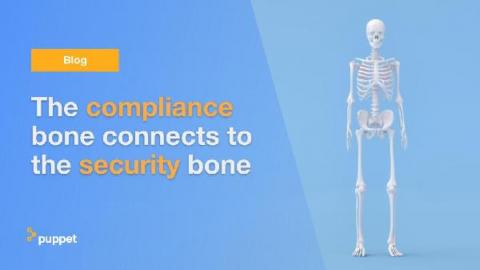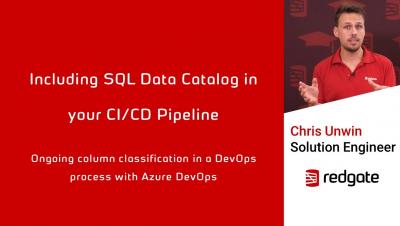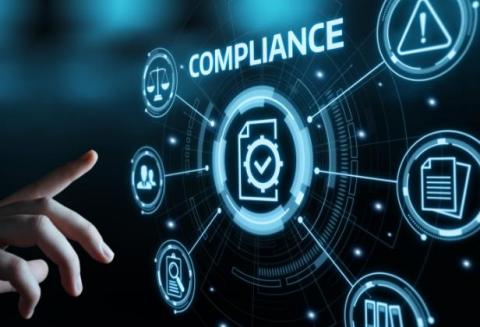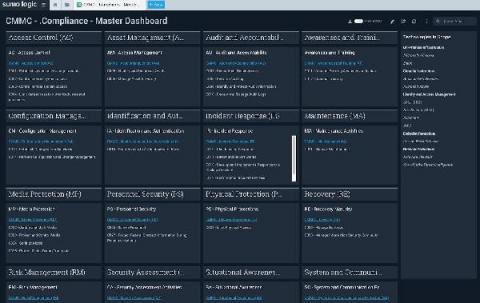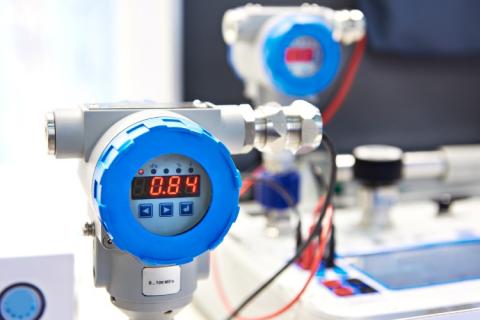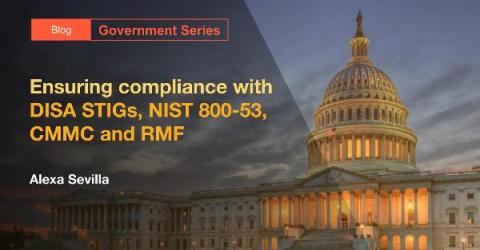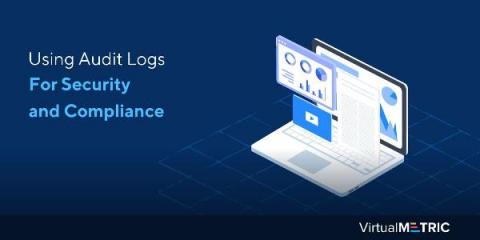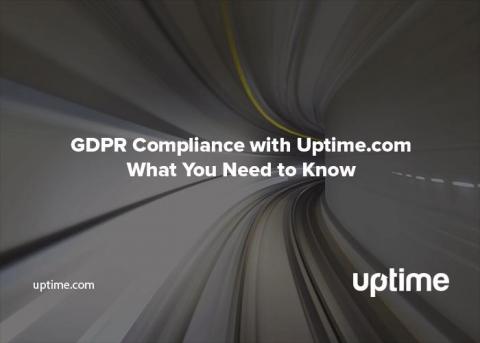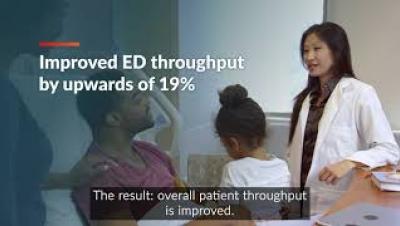The Compliance Bone Connected to the Security Bone: Sharing Accountability in IT, Risk, and Compliance
Throughout my career within the compliance and security space, I’ve seen the practice of proactively managing digital risk move from a nice-to-have to a must-have for enterprise organizations. And over the last 5 years, things have shifted drastically. Personally, it reminds me of the classic “Dry Bones” nursery rhyme song that my son loves so much which points out how all the different bones are connected to make one body.


